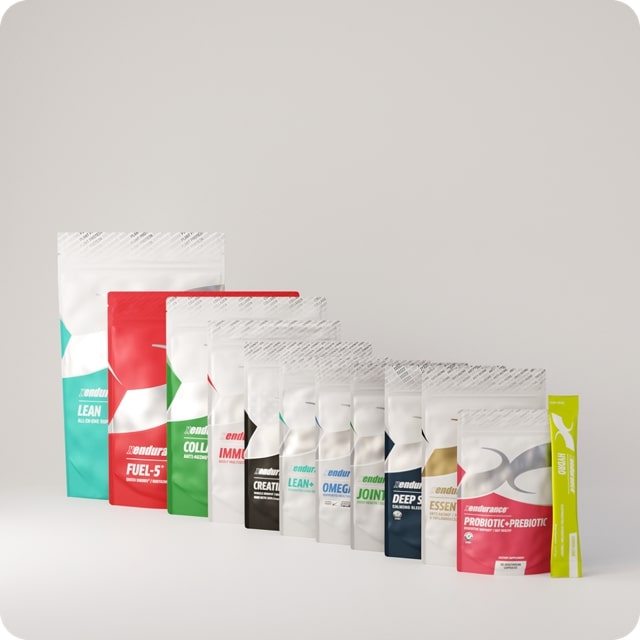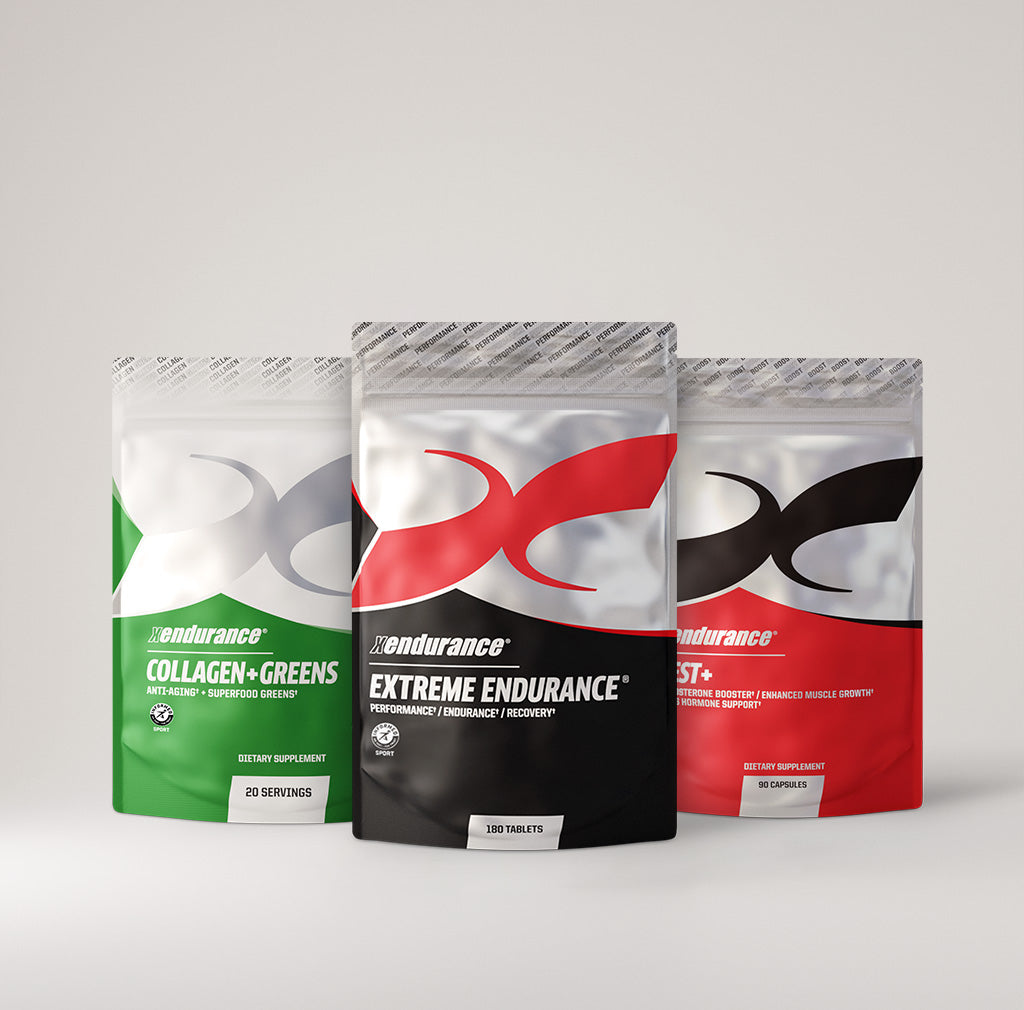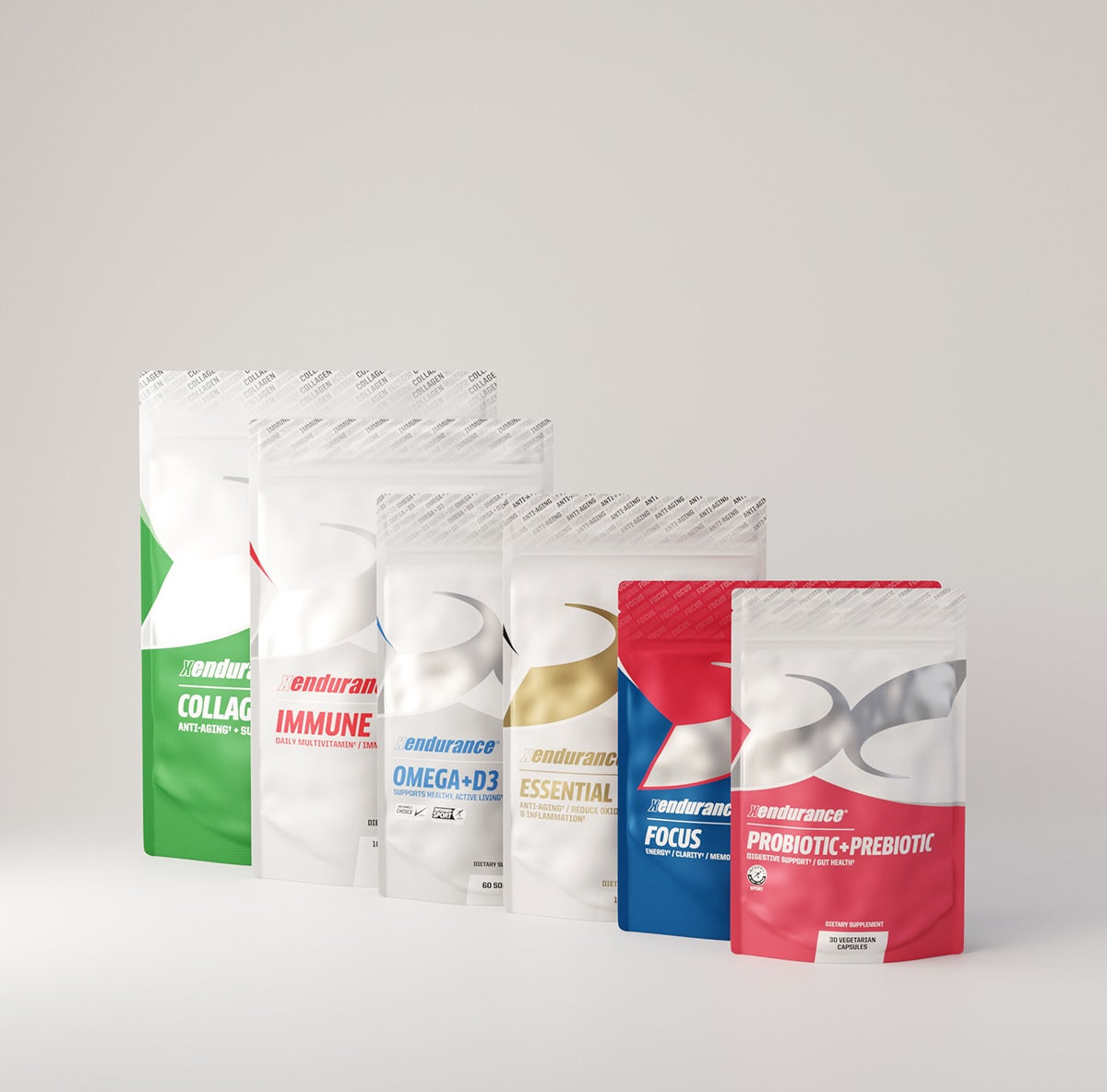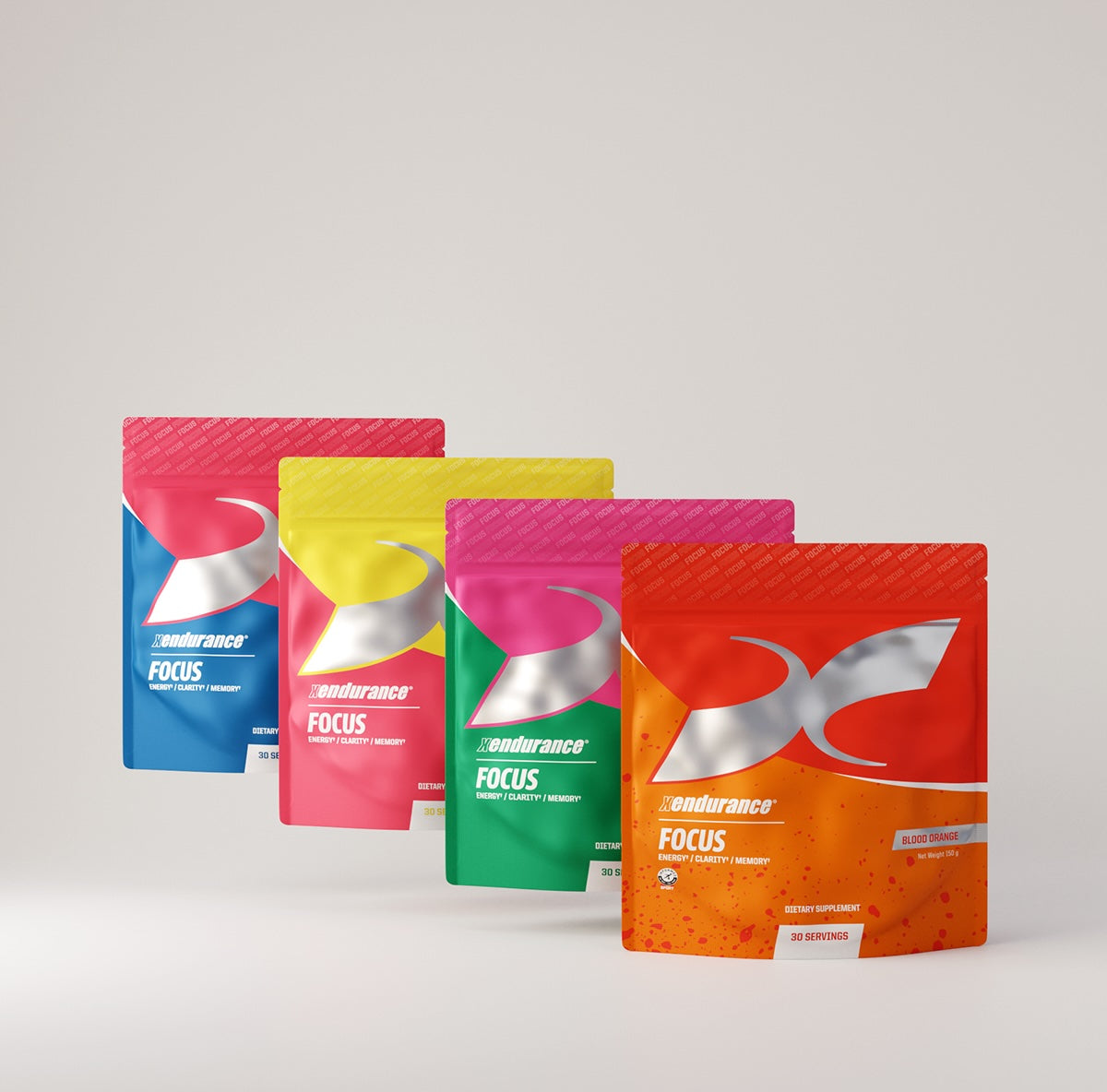In recent years, the medical community has increasingly recognized the critical role of inflammation in the development of various degenerative diseases. This understanding marks a significant shift in how we approach and treat these conditions. To understand the impact of inflammation on our health, it’s essential to explore what inflammation is, its causes, and practical strategies to mitigate its effects.
What is Inflammation?
Inflammation is the body's natural response to injury or infection. It's a complex biological process involving immune cells, blood vessels, and molecular mediators. The primary purpose of inflammation is to eliminate the initial cause of cell injury, clear out damaged cells and tissues, and establish a repair process. In the short term, it's a beneficial response that protects and heals the body. However, when inflammation becomes chronic, it can contribute to a range of degenerative diseases.
What is the Difference Between Acute Inflammation and Chronic Inflammation?
Acute inflammation and chronic inflammation are two distinct types of inflammatory responses in the body, each with unique characteristics and implications for health. Acute inflammation is the body's immediate and initial response to injury or infection. It's a short-term process, typically lasting from a few days to a week, and is characterized by classic signs such as redness, heat, swelling, pain, and sometimes loss of function. This type of inflammation is essential for healing, as it helps isolate the affected area, preventing the spread of infection and preparing the tissue for repair. White blood cells flood the site, attacking pathogens and clearing out damaged cells. Acute inflammation is usually noticeable and often resolves once the underlying cause is eliminated, leaving no lasting effects.
In contrast, chronic inflammation is a prolonged, low-grade inflammatory response that can last for months or even years. Unlike the acute type, chronic inflammation often operates silently without noticeable symptoms until significant damage has occurred. This persistent inflammation can be due to several factors, including unresolved infections, long-term exposure to irritants (like industrial chemicals or polluted air), autoimmune disorders where the immune system mistakenly attacks healthy tissue, or chronic diseases such as obesity or diabetes. In chronic inflammation, the inflammatory process may continue even after the initial injury or infection is gone, leading to a gradual deterioration of tissues and the establishment of a pro-inflammatory environment. Over time, this can contribute to the development of various chronic diseases, including heart disease, cancer, arthritis, and neurodegenerative conditions. The distinction between acute and chronic inflammation is crucial, as they represent different physiological processes and require different treatment and management strategies.
Symptoms of Acute Inflammation
Acute inflammation is a rapid response to an injury, infection, or irritant. The symptoms are usually intense but short-lived, typically resolving as healing occurs. The classic signs of acute inflammation include:
- Redness: Increased blood flow to the affected area leads to redness.
- Heat: The inflow of warm blood raises the temperature in the affected area.
- Swelling: Accumulation of fluids and immune cells leads to noticeable swelling.
- Pain: Swelling and the release of chemicals by immune cells stimulate nerve endings, resulting in pain.
- Loss of Function: Depending on the location and severity, inflammation can limit the functionality of the affected tissue or organ.
These symptoms are often very noticeable and serve as a clear indicator of an acute inflammatory response. In many cases, they are beneficial and indicate that the body is actively combating an injury or an infection.
Symptoms of Chronic Inflammation
Chronic inflammation, on the other hand, can be more insidious and less overt than acute inflammation. It often develops slowly and can persist for months or even years. The symptoms may not be as apparent and are typically less specific, which can make diagnosis challenging. Common signs and symptoms include:
- Fatigue: One of the most common symptoms, often overlooked or attributed to other causes.
- Fever: Low-grade fevers or feeling feverish can intermittently occur.
- Pain: This can be a dull, persistent ache, often hard to pinpoint.
- Mood Disorders: Chronic inflammation is associated with conditions like depression and anxiety.
- Gastrointestinal Issues: Including constipation, diarrhea, and abdominal pain.
- Weight Fluctuations: Unexplained weight loss or gain can be a symptom.
- Frequent Infections: An overworked or disrupted immune system can lead to more frequent infections.
Chronic inflammation can also manifest in specific conditions, like rheumatoid arthritis, where joint pain and stiffness are prominent, or in cardiovascular disease, where symptoms may not be apparent until significant damage has occurred.
Because of the vague and generalized nature of these symptoms, chronic inflammation often goes undetected for a long time. Regular health check-ups and being attentive to these subtle changes in the body can help in early identification and management.
Who is More Likely To Get Chronic Inflammation?
Certain groups of individuals are more prone to developing chronic inflammation due to a variety of factors. Primarily, older adults are at a higher risk. As we age, our bodies undergo a process known as "inflammaging," a chronic, low-grade inflammation partly driven by the immune system's declining ability to regulate itself effectively. This age-related change can lead to an increased susceptibility to chronic diseases characterized by inflammatory processes, such as cardiovascular disease, type 2 diabetes, and certain forms of cancer. Additionally, lifestyle factors that tend to accumulate or worsen over time, such as poor diet, physical inactivity, and prolonged stress, further exacerbate the risk of chronic inflammation in older adults.
Genetics also play a significant role in predisposition to chronic inflammation. People with a family history of autoimmune diseases or inflammatory conditions are more likely to experience similar issues. Furthermore, individuals with certain pre-existing health conditions, such as obesity and type 2 diabetes, are more susceptible to chronic inflammation. Adipose tissue, especially visceral fat, secretes pro-inflammatory cytokines, exacerbating the inflammatory response. Lifestyle factors can also intersect significantly with genetic predispositions, where habits like smoking, excessive alcohol consumption, and a diet high in processed foods and sugars can initiate or aggravate an existing pro-inflammatory state. These factors collectively contribute to an individual's heightened risk of developing chronic inflammation and its associated complications.
Chronic Inflammation and Degenerative Diseases
Unlike acute inflammation, which is a rapid and localized response, chronic inflammation is a slow, often silent process that can wreak havoc over time. It has been linked to numerous degenerative diseases, including:
- Heart Disease: Chronic inflammation contributes to the formation of fatty plaques in arteries, leading to atherosclerosis.
- Diabetes: Inflammatory responses can lead to insulin resistance, a precursor to type 2 diabetes.
- Neurodegenerative Diseases: Alzheimer's and Parkinson’s diseases have been associated with chronic inflammation in the brain.
- Arthritis: Chronic inflammation is a hallmark of osteoarthritis and rheumatoid arthritis, leading to joint degeneration.
- Cancer: Sustained inflammation can result in DNA damage and lead to the development of cancer.
Causes of Inflammation
Understanding what triggers inflammation is crucial in combating its effects. Common causes include:
- Diet: Processed foods, high sugar intake, and trans fats can trigger inflammatory responses.
- Obesity: Excess fat, especially around the abdomen, is a significant driver of chronic inflammation.
- Smoking: Tobacco smoke is a powerful inflammatory agent, affecting not just the lungs but the entire body.
- Stress: Chronic stress has been shown to exacerbate inflammatory processes.
- Lack of Exercise: Physical inactivity can increase inflammation, while regular exercise reduces it.
- Environmental Factors: Pollutants and toxins can trigger inflammatory responses.
- Chronic Infections: Persistent infections can lead to a sustained inflammatory response.
Strategies to Lower Body Inflammation
Reducing chronic inflammation involves lifestyle changes and, in some cases, medical intervention. Here are some evidence-based strategies:
- Anti-inflammatory Diet:
- Increase your intake of fruits, vegetables, whole grains, and omega-3 fatty acids (found in fish like salmon and mackerel).
- Reduce consumption of processed foods, red meat, and refined sugars.
- Spices like turmeric and ginger have natural anti-inflammatory properties.
- Maintain a Healthy Weight:
- Losing weight, especially abdominal fat, can significantly decrease inflammation.
- A combination of diet and exercise is the most effective approach.
- Regular Exercise:
- Moderate exercise, such as brisk walking, swimming, or cycling, can have anti-inflammatory effects.
- It’s important to find a balance, as excessive physical strain can trigger inflammation.
- Manage Stress:
- Techniques such as mindfulness, meditation, and yoga have been shown to reduce stress-induced inflammation.
- Regular sleep and relaxation also play a crucial role.
- Avoid Smoking and Limit Alcohol:
- Quitting smoking is a critical step in reducing inflammation.
- Limiting alcohol intake can also help, as excessive alcohol can increase inflammatory responses.
- Environmental Changes:
- Minimizing exposure to environmental pollutants and allergens can reduce inflammation.
- Using air purifiers and avoiding exposure to secondhand smoke can be beneficial.
- Medical Interventions:
- In some cases, anti-inflammatory medications or supplements may be recommended.
- Consultation with a healthcare provider is essential before starting any new medication or supplement.

In Conclusion: The Critical Role of Inflammation in Health
Chronic inflammation is a significant contributor to many degenerative diseases, often acting silently over long periods. By understanding its causes and implementing strategies to reduce it, we can significantly lower our risk of these conditions and improve our overall health. Lifestyle changes, such as a healthier diet, regular exercise, stress management, and avoiding harmful habits, play a pivotal role in controlling inflammation. Remember, the key to combating inflammation and its associated diseases lies in a holistic, well-rounded approach to health and well-being.









Leave a comment
This site is protected by hCaptcha and the hCaptcha Privacy Policy and Terms of Service apply.